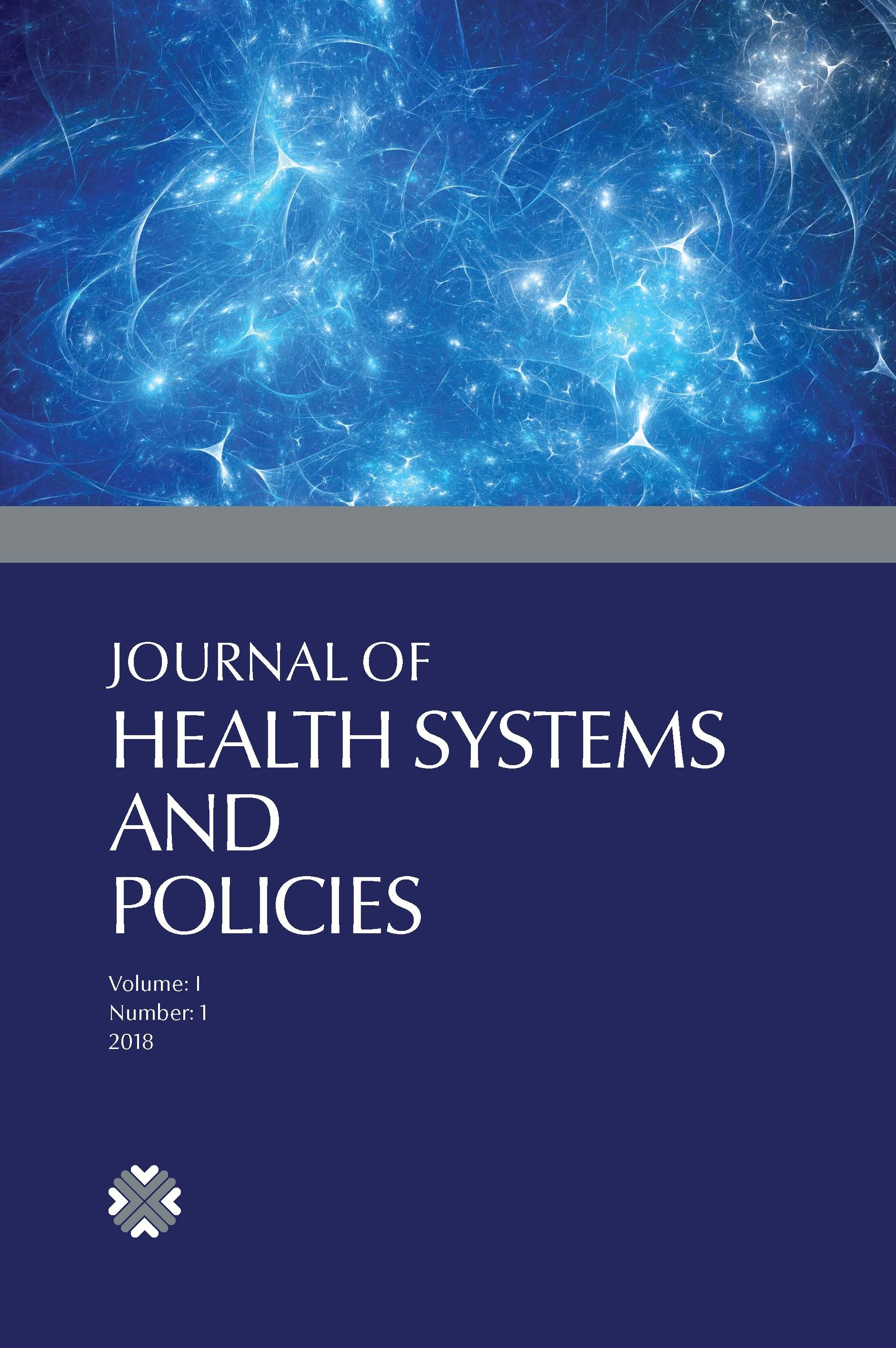The Correlation Analysis of Relative Values of DRGs and The National Public Health Service Tarrifs in Turkey
The Correlation Analysis of Relative Values of DRGs and The National Public Health Service Tarrifs in Turkey
This study aims to analyze the correlation between the prices of public payment model (SUT) based on fee for service in Turkey with the DRGs which has being disseminated since 2009 in public hospitals in Turkey. For this analysis, the inpatient patient data of Istanbul Haydarpaşa Numune Training and Research Hospital for 2015 were taken as basis and the 28,493 files that the hospital sent to Social Security Institution (SSI) and provisioned via SUT and the accrued amounts were obtained. Then the DRGs are obtained from the Ministry of Health's DRG application for the same cases. DRGs with fewer than 3 files were excluded from the calculation and 28,365 files were studied. The correlation between the SUT prices of 28.365 files and the DRG’s relative values of each file was calculated as 0.67 (medium related). The correlation between the average SUT prices of the 403 DRG groups corresponding to these files and the relative values was calculated as 0.79 (high correlation). When we investigate this relation based on the major diagnostic classification (MDC) of the DRGs, the relation between the file prices and the DRG relative values is calculated as very weak in 7 MDCs, weak in 9 MDCs, medium in 5 MDCs, high in 1 MDC. The relationship between average SUT prices of each DRG group and their relative values are also calculated as very weak in 1 MDC, weak in 4 MDCs, medium in 4 MDCs, high in 8 MDCs and very high in 5 MDCs. The result of this analysis shows us the public healthcare service prices are medium and/or highly related with the relative values of DRGs applied in Turkey. Moreover, there are some issues to study on particularly DRGs of some MDCs which have weak and very weak relation with SUT prices (or vice versa).
Keywords:
DRG, correlation analysis healthcare tarrifs, SUT,
___
- R. O. Hakan İstanbulluoğlu, Mahir Güleç, “Sağlık Hizmetlerinin Finansman Yöntemleri,” 2010.
- M. R. TÜKEL, “Sağlıkta Dönüşümde Son Aşamaya Doğru: Hastanelerin Yeniden Yapılandırılması ve Yeni Finansman Modeli,” 2010.
- M. Narmanli, G. Ertong, A. Dikici, E. Soysal, A. Tumay, and M. K. Gungor, “Ulusal Teşhis İlişkili Gruplar Sistemine Geçiş İçin Yol Haritası,” 9. Ulus. Tıp Bilişimi Kongresi, pp. 29–38, 2012.
- A. G. Uzman, “Türkiye’de Sağlık Hizmetlerinin Finansmanı,” 2015.
- Aksoy, “EURODRG Ve Dünyadaki Diğer TİG Uygulamaları Işığında Türkiye’deki TİG Uygulamaları ve TİG Üzerinde Sağlık Yöneticilerin Görüşlerinin İncelenmesi,” 2017.
- İ. Şencan, M. Şeker, and M. Demir, Teşhis İlişkili Gruplar İleri Klinik Kodlama Standartları. 2013.
- AKYÜREK, A. G. Ç. E. (2012). Sağlıkta Bir Geri Ödeme Yöntemi Olarak Global Bütçe ve Türkiye. Sosyal Güvenlik Dergisi (SGD) (Vol. 2). Retrieved from
- Ayanoğlu, Y., Beylik, U., & Orhan, F. (2014). Tanı İlişkili Grupkara Göre Hasteneler ve Ülker Arası Karşılaştırma:Bir Vaka Örneği. Elektronik Sosyal Bilimler Dergisi, 13(51).
- Teşhis İlişkili Gruplar Bilgilendirme Rehberi- Rehberi-Versiyon1.0 T.C.Sağlık Bakanlığı TİG Rehberi. (2014).
- Hacettepe Üniversitesi Sağlık Hizmetleri Finansman Yapısının Güçlendirilmesi ve Yeniden Yapı landırılması için Altyapı Geliştirme Projesi Yap, H. F., & Yap, Y. (2007).
- DRGs: their design and development. Health Administration Press, 1991, 341.Robert B. Fetter, D. A. B. (n.d.).
- Sağlıkta dönüşüm. Prof. Dr. M. Raşit TÜKEL. (2010).
- Use of process measures to monitor the quality of clinical practice. BMJ: British Medical Journal, 335, 648.Lilford, Richard J, Brown, Celia A, & Nicholl, J. (2007)
- TEŞHİS İLİŞKİLİ GRUPLAR-TEŞHİS İLİŞKİLİ GRUPLAR ŞUBE MÜDÜRLÜĞÜ Başara, D. Ü. (2015).
- ISSN: 2667-4920
- Yayın Aralığı: Yılda 2 Sayı
- Başlangıç: 2018
- Yayıncı: İstanbul Medipol Üniversitesi
